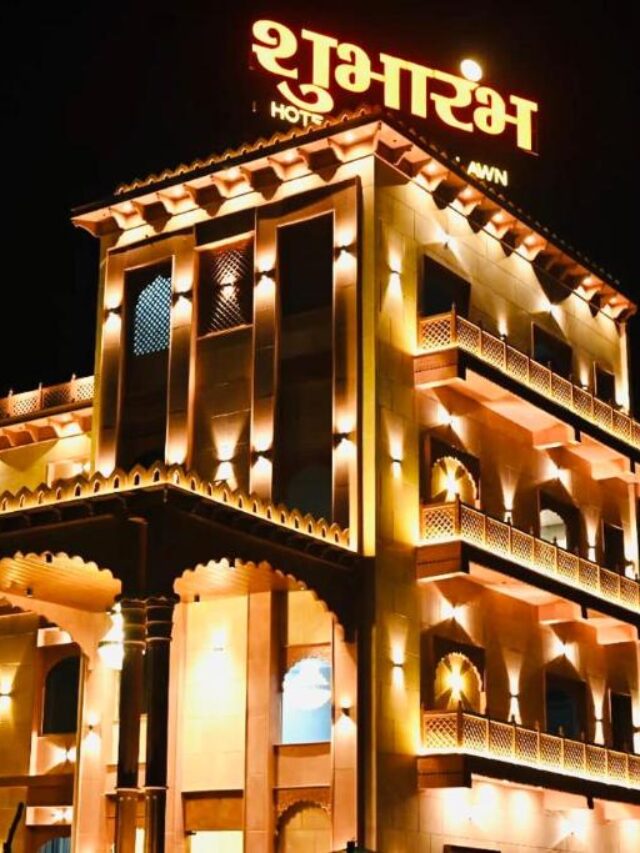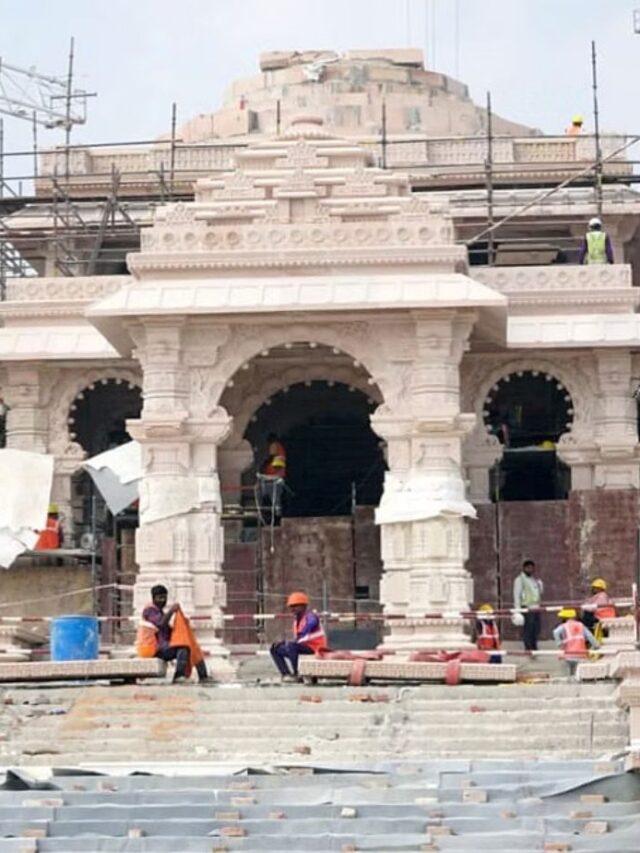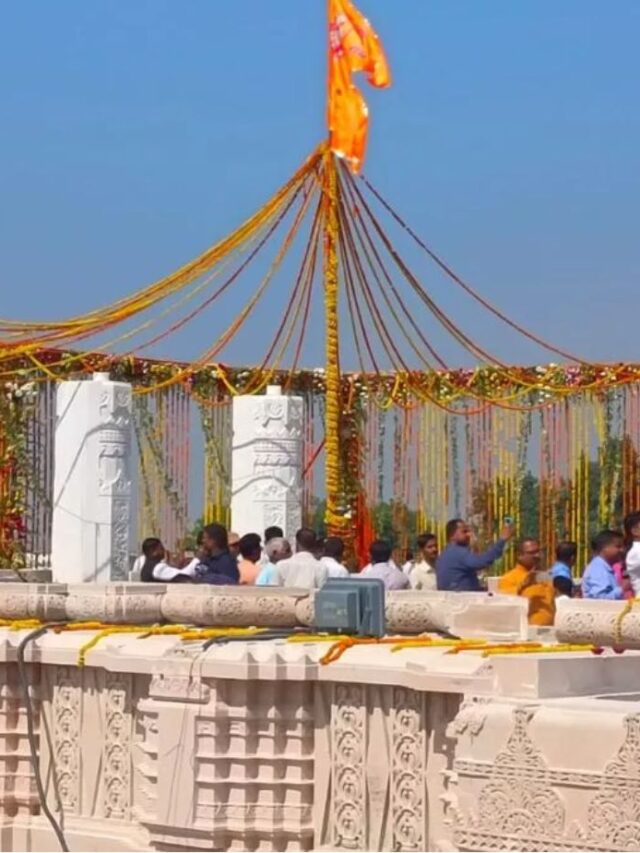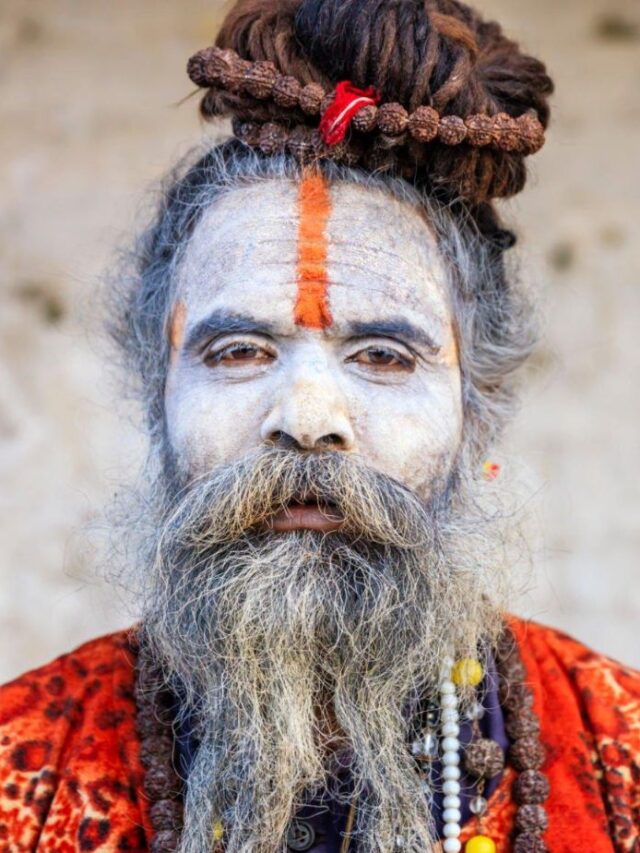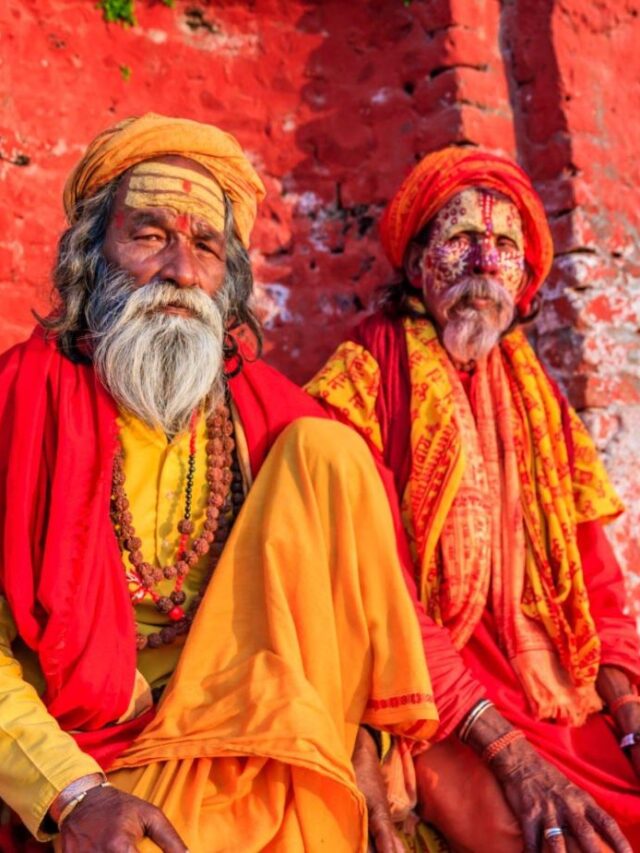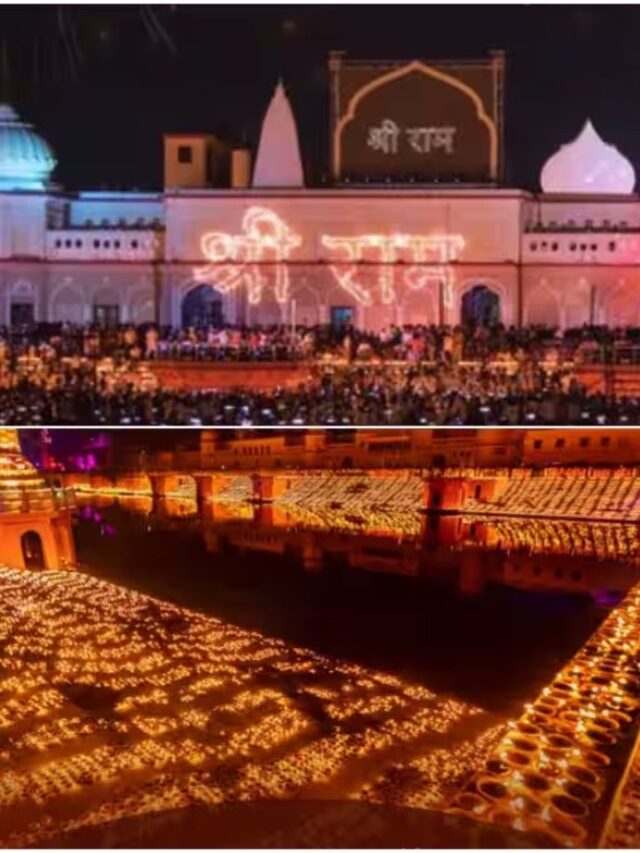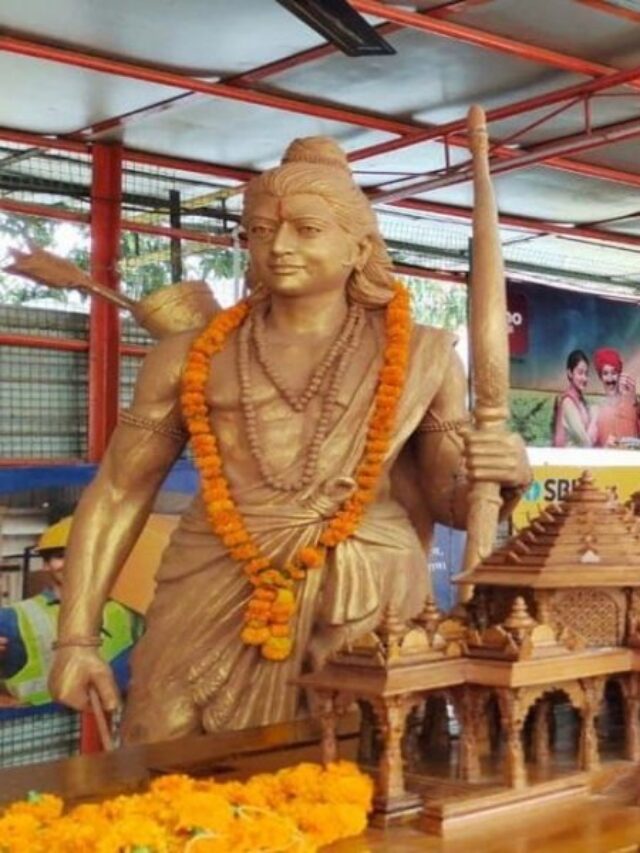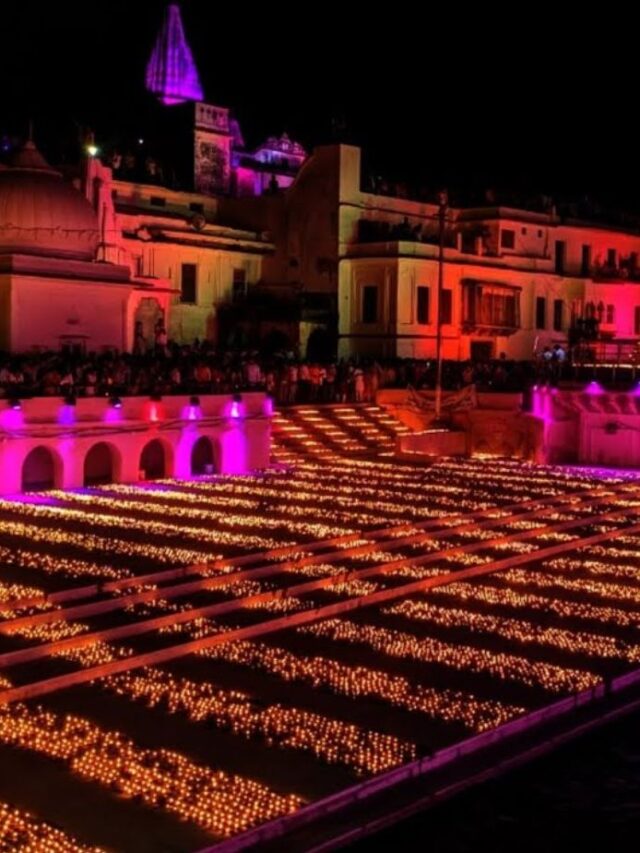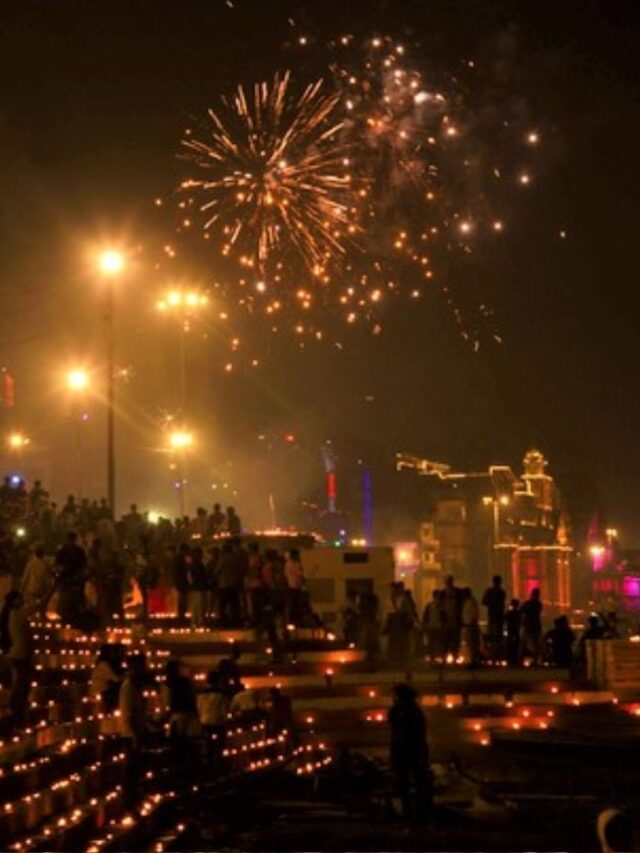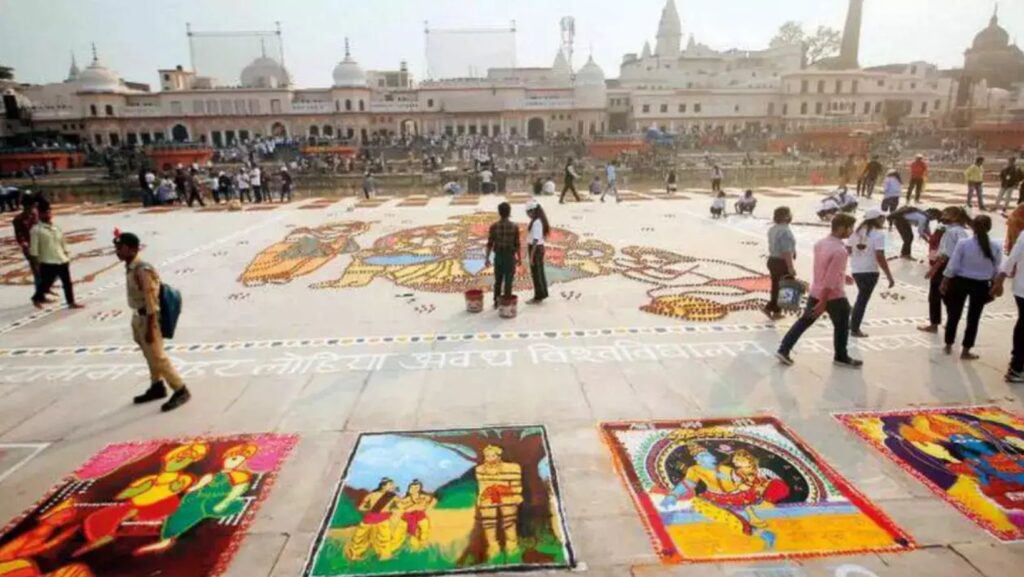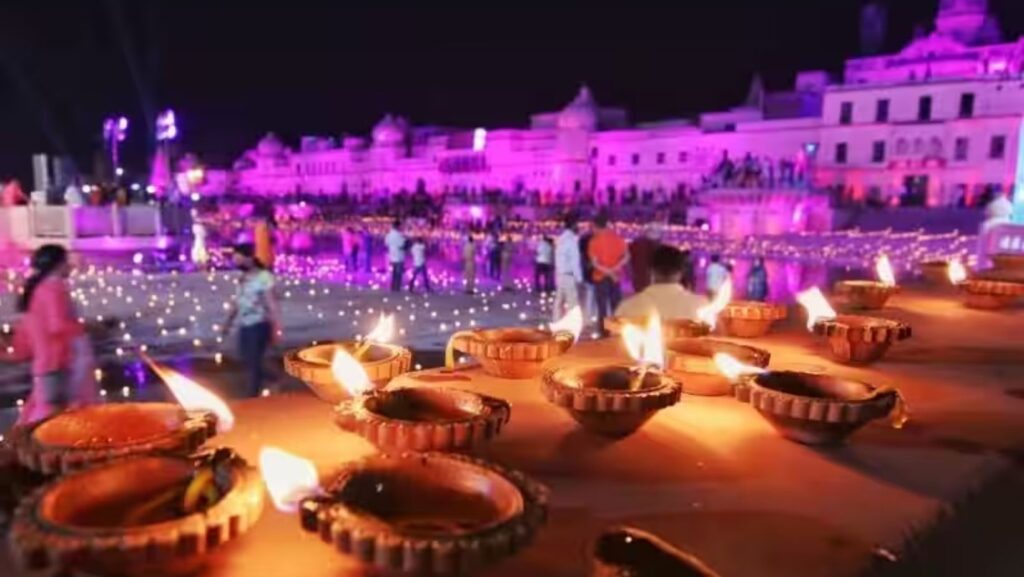Discovering the Origin of Diwali’s Illuminating Tradition in the Sacred City of Ayodhya
Diwali, the Festival of Lights, is a time of dazzling decorations, delectable sweets, and the age-old tradition of lighting lamps. But have you ever wondered where these lamps, also known as diyas, originate? The heart of this radiant tradition leads us to Ayodhya, a city steeped in history and spirituality. As we delve into the origins of Diwali lamps, we uncover the rich tapestry of Ayodhya’s cultural and religious significance in the celebration of this grand festival.
Ayodhya: The Sacred Birthplace of Lord Rama
Nestled along the tranquil banks of the Sarayu River, within the northern state of Uttar Pradesh, Ayodhya stands as an exceptional location, for it is the sacred birthplace of Lord Rama, a prominent deity in Hindu mythology. This ancient city, renowned for its profound spiritual significance, is imbued with the enduring narrative of the Ramayana, a timeless tale that unfolds the origins of Lord Rama and his extraordinary odyssey within Ayodhya. Unsurprisingly, Diwali, the festival commemorating Lord Rama’s triumphant return to Ayodhya after vanquishing the demon king Ravana, is deeply cherished by countless Hindus.
)
Diwali: Commemorating the Return of Lord Rama
Diwali, alternatively referred to as Deepavali, stands as an exceptionally cherished festival within India, symbolizing the glorious victory of illumination over obscurity and virtue over malevolence. The primary day of Diwali, Deepavali, is commemorated with unparalleled zeal, echoing the belief that it marks Lord Rama’s triumphant return to Ayodhya, accompanied by his beloved wife Sita and loyal brother Lakshmana, following a 14-year exile.
During the celebration of Diwali, the act of illuminating oil lamps, known as diyas, signifies the triumph of wisdom and the embodiment of moral righteousness in human tradition. These lamps are traditionally placed outside homes, in temples, and along pathways to welcome Lord Rama and signify the removal of spiritual darkness.
The Diwali Diyas: A Symbol of Purity and Illumination
The radiant essence of Diwali, embodied in the sacred diyas, transcends time. Crafted from earth’s embrace, they cradle the purity of ghee or oil, ensconcing a cotton wick that, when ignited, ushers forth a captivating and spiritual luminance, enriching the celebratory ambiance.
In Ayodhya, the making of these diyas is a traditional craft passed down through generations. Local artisans meticulously craft and hand-paint these clay lamps, infusing them with a touch of cultural and artistic heritage. Each diya is a work of art in itself, showcasing intricate patterns and vibrant colors. The process of creating these lamps has been perfected over time, making Ayodhya a hub for the production of Diwali diyas.
Ayodhya’s Role in the Diya Trade
The profound link between Ayodhya and Lord Rama, as well as its integral part in the festivities of Diwali, stands as a testament to the city’s timeless and spiritual importance. It extends beyond the mere creation of oil lamps; it embodies the spiritual and emotional connection the city holds with this ancient custom.
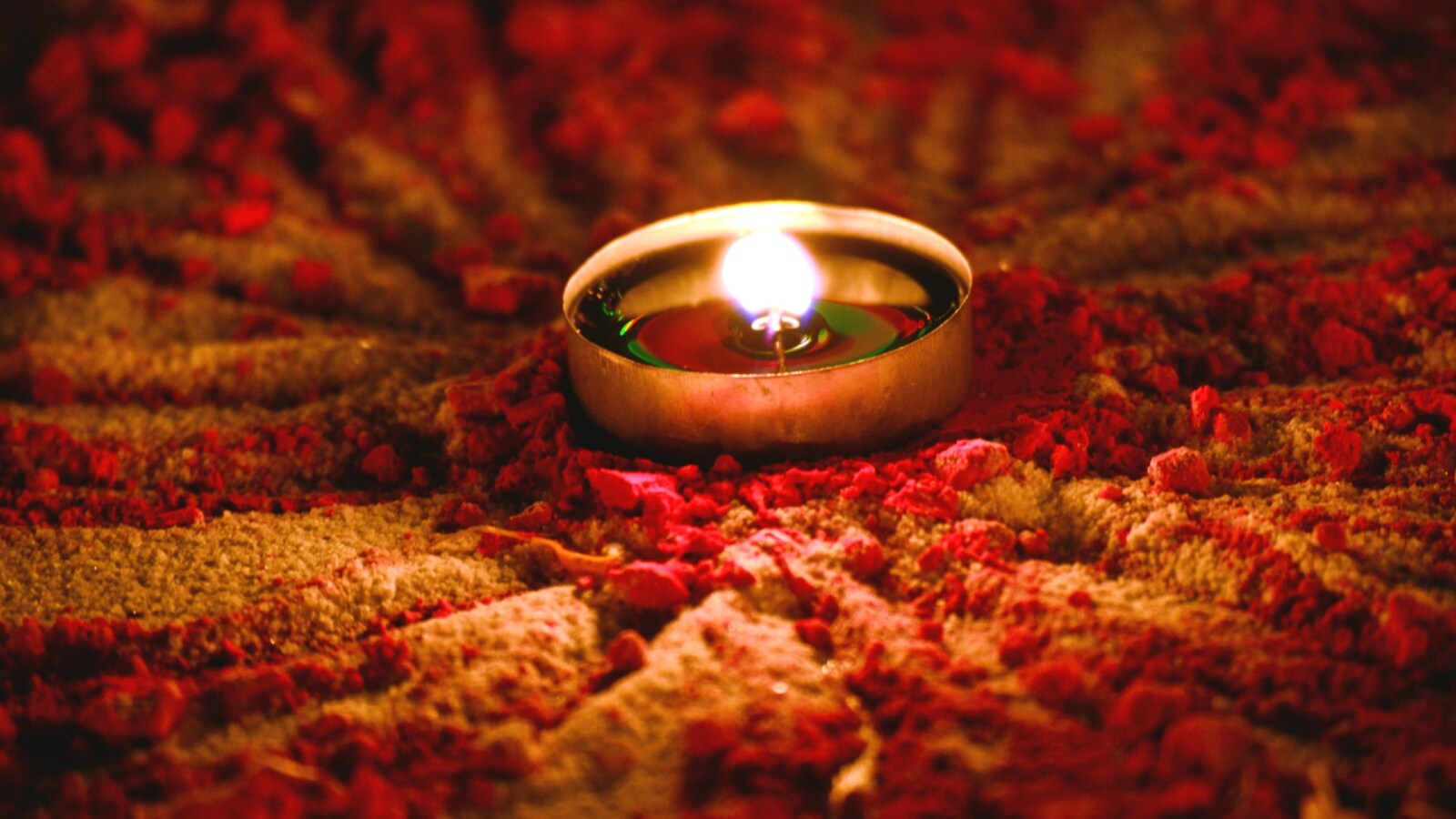
These artisans are skilled in crafting diyas of various shapes and sizes. Some are small and delicate, while others are larger and more ornate. The diversity in design and size caters to the varying preferences of individuals celebrating Diwali. The city’s reputation as a Diwali diya production hub has made it a significant contributor to the local economy.
Also read – Diwali Celebrations at Ram Janambhoomi Mandir Ayodhya: A Divine Spectacle
The Spiritual Connection: Ayodhya and Diwali
Ayodhya’s profound link with Lord Rama and its integral part in the Diwali festivities serve as an undeniable testament to the city’s enduring spiritual importance. It goes beyond the mere creation of diyas; it encapsulates the profound spiritual and emotional connection the city maintains with this time-honored tradition.
The people of Ayodhya hold their heads high as they carry the sacred torch of this age-old tradition. Countless households in Ayodhya participate in crafting diyas, thereby ensuring the unbroken transmission of this legacy through the hands of successive generations. The artisans themselves derive profound gratification from the awareness that their handcrafted masterpieces bear an essential responsibility in illuminating both households and hearts during the Diwali festival.
Preserving Tradition in a Modern World
Amidst the relentless march of technology and urban development in our modern world, Ayodhya’s exquisite diya craftsmanship emerges as a luminous guardian of our cherished cultural heritage. Ayodhya persists in its unwavering dedication to upholding and celebrating this time-honored tradition, one that has endured the trials of generations. Beyond merely providing a livelihood for countless skilled artisans, it also ensures that the festive fervor of Diwali remains vibrant and unyielding.

In Ayodhya, the art of crafting diyas extends far beyond mere production; it encompasses the nurturing and safeguarding of a culture and heritage deeply interwoven into the city’s very essence. The act of fashioning Diwali lamps isn’t just a means of sustenance; it represents a profound way of existence, a poignant symbol of Ayodhya’s opulent legacy, and a heartfelt homage to the spiritual bond this city holds with Lord Rama.
Also read – Plan a Getway to Ayodhya Diwali 2023
Also read – How to Attend Ayodhya Deepotsav Diwali 2023
Conclusion: Ayodhya’s Diyas Illuminate the Essence of Diwali
Also read – Everything You Need To Know About Chhappan Bhog

